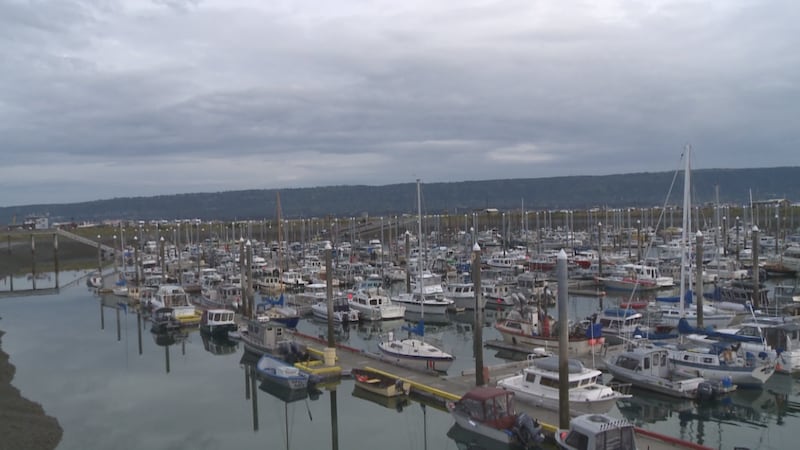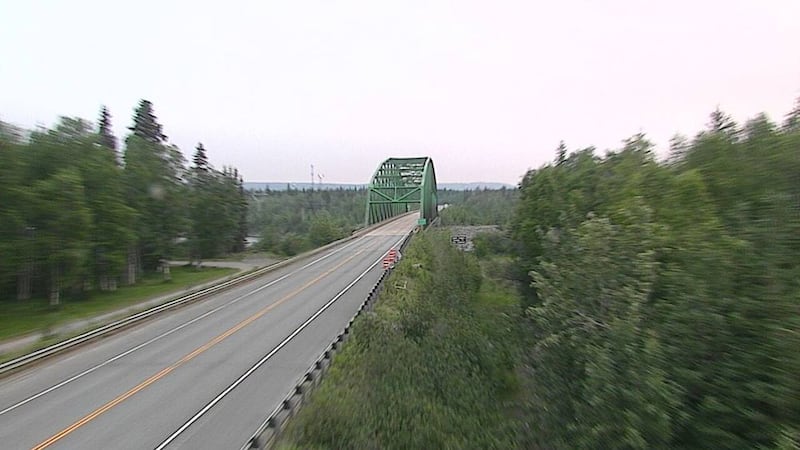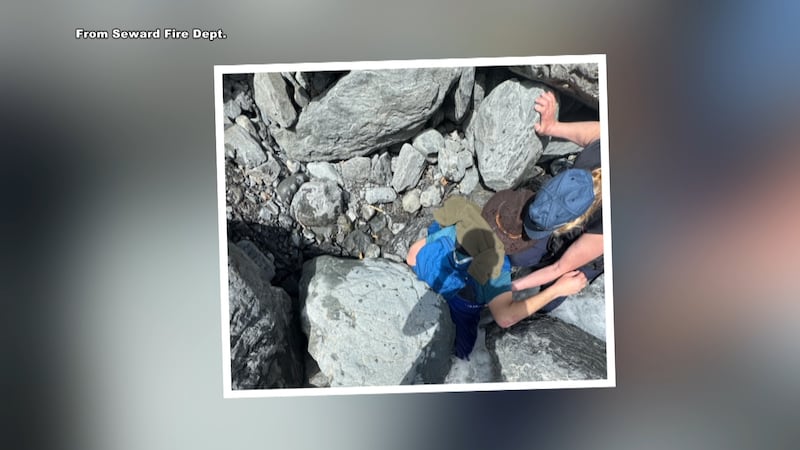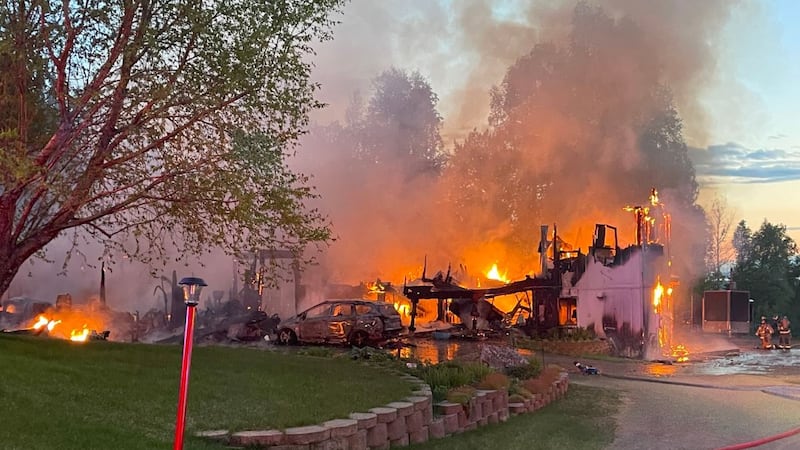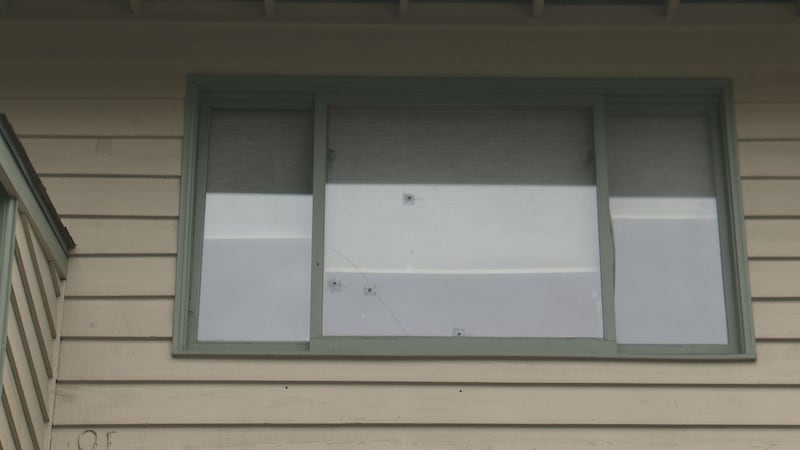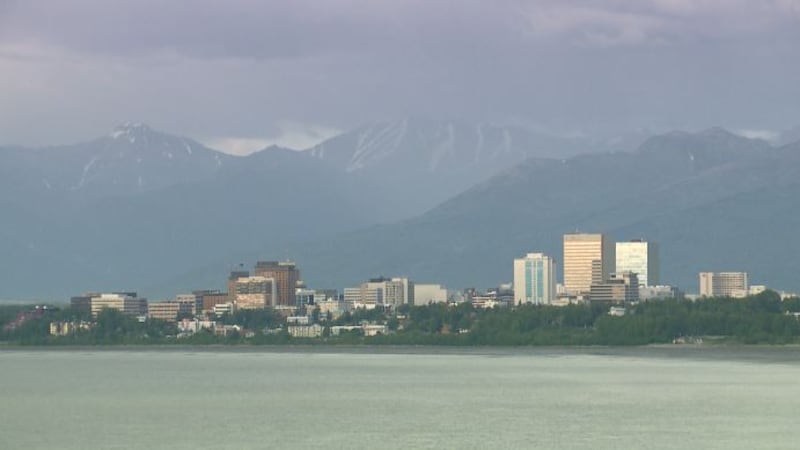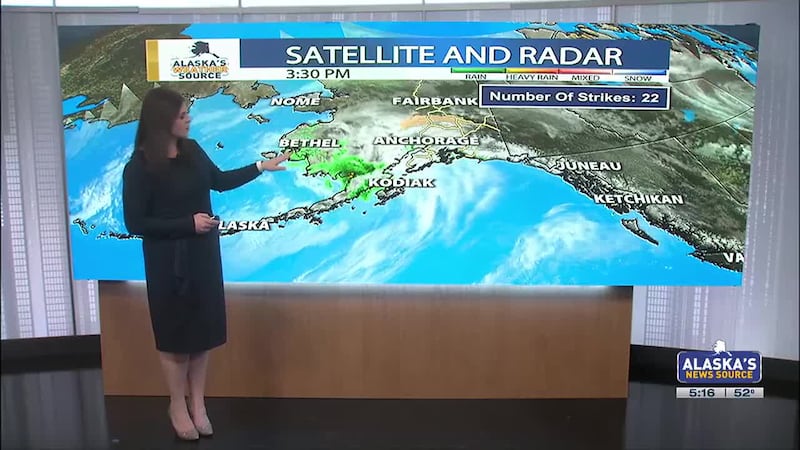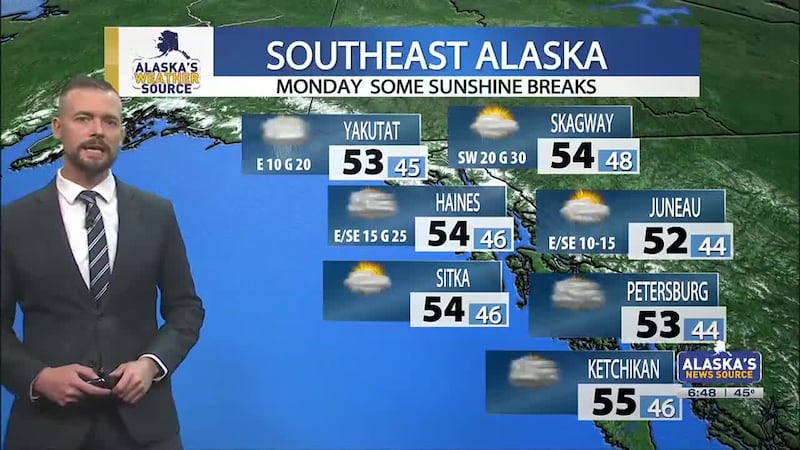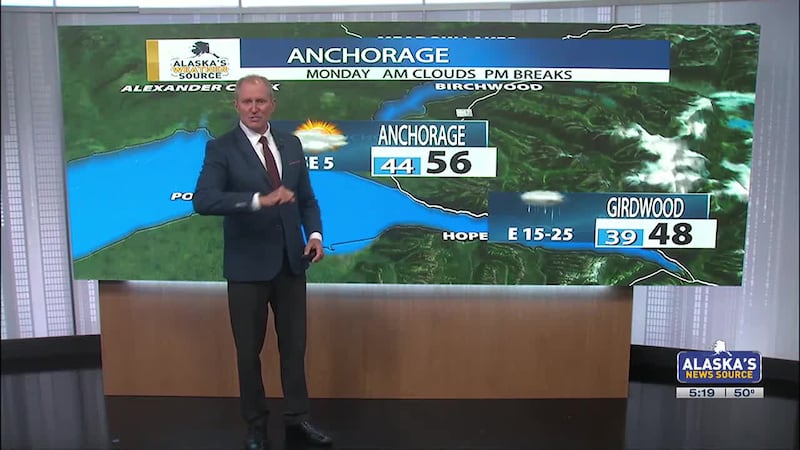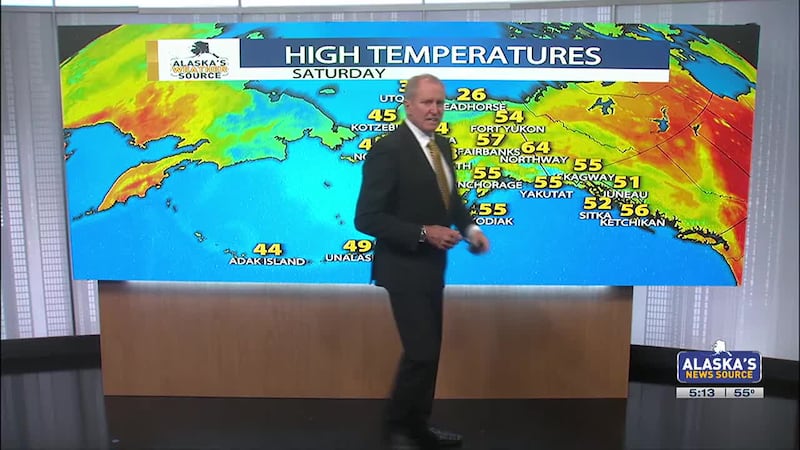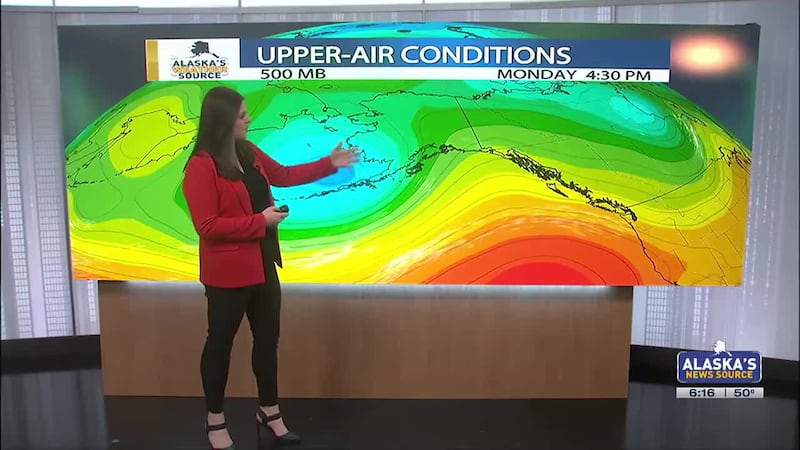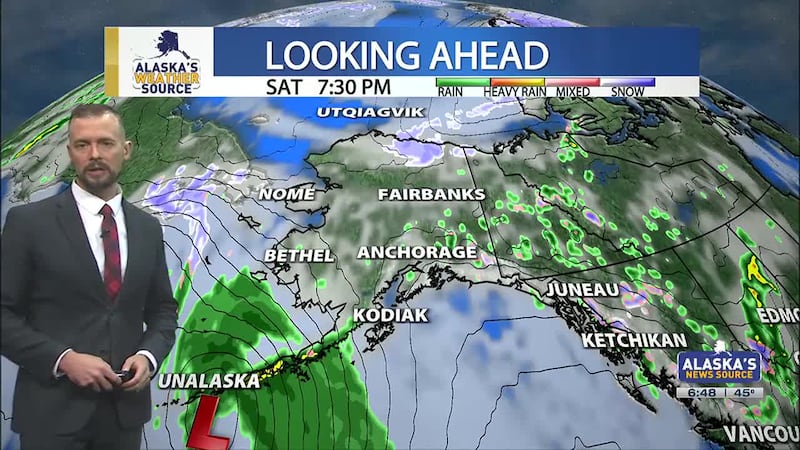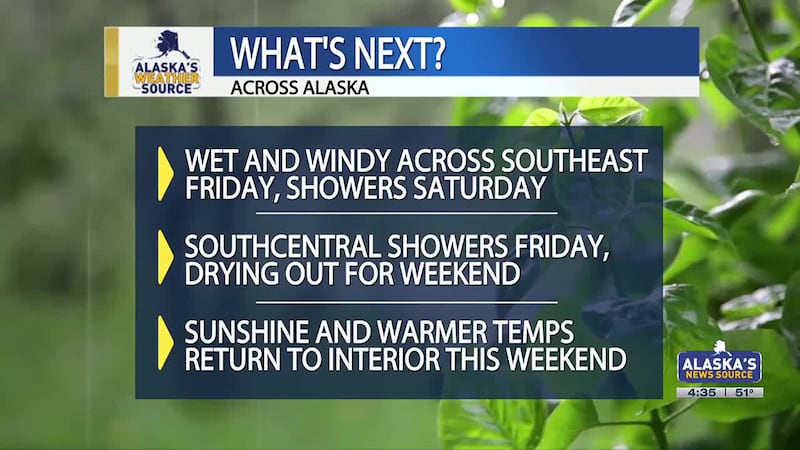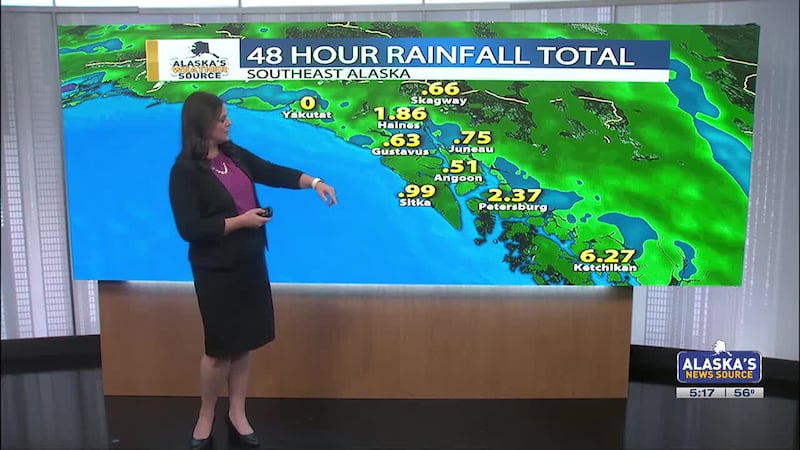Alaska’s 141 active volcanoes ‘threats are real for Alaskans,’ Sen. Murkowski says
ANCHORAGE, Alaska (KTUU) - As Alaska prepares for the eruption of Mount Spurr, the state’s two senators are part of newly reintroduced legislation to add more government spending to “enable the U.S. Geological Survey (USGS) to continue to improve its volcano monitoring and early warning capabilities around the country.”
“With 141 active volcanoes in our state, volcanic threats are real for Alaskans,” Sen. Lisa Murkowski said in a statement from her office. “The Alaska Volcano Observatory is actively monitoring increased activity at Mount Spurr, just west of Anchorage, reminding us how vital continuous and reliable detection, warning, and response systems are across the Pacific Ring of Fire. I’m hopeful we can move this noncontroversial legislation quickly through Congress and to the President’s desk.”
The original Act’s authorizations, from 2018, expired at the end of Fiscal Year 2023.
The timing is paramount as DOGE claims to be making cuts and federal workers across the country remain concerned about whether they have jobs and question what will continue to be funded.
The volcano, located only 75 miles west of Alaska’s largest city, was predicted last week to erupt within the coming days, weeks, or months by the Alaska Volcano Observatory, which painted a likely scenario of an eruption similar to what occurred in 1992, the last time it had a significant eruption.
Murkowski is the Chairman of the Interior Appropriations Subcommittee.
This effort is part of a bipartisan push by senators in Washington, Alaska, and Hawaii.
“Our state constitutes the northern flank of the Pacific Ring of Fire, making Alaska the most volcanically active in the country by far,” Sen. Dan Sullivan said. “Just this week, experts predicted Mount Spurr in Southcentral could erupt in a matter of weeks, less than 100 miles west of Ted Stevens International—the fourth largest air cargo hub in the world. Volcanic eruptions not only threaten Alaska communities but can also disrupt global trade and aviation along the heavily trafficked flight paths over our state.
“I’m glad to introduce legislation with Senator Murkowski and our colleagues to reauthorize NVEWS, invest in critical monitoring technologies and resources, and help ensure we can effectively plan for and respond to any future eruptions.”
In 2022, Mauna Loa in Hawaii erupted for the first time in nearly 40 years and there continue to be new eruptions from Kilauea volcano.
Washington claims to be home to four of the most dangerous volcanoes in the nation.
According to Murkowski’s office, the reauthorization of the National Volcano Early Warning and Monitoring Systems Act authorizes:
- A total of $75 million over a 10-year period
- Adds the U.S. Forest Service to the interagency coordination list;
- Requires five-year management plans on a regular basis, and includes coordination with new or existing cooperative partners;
- Establishes an Implementation Committee to help provide recommended requirements, implementation steps, and performance standards for the system;
- Establishes public communication and messaging responsibilities for coordination between partners to avoid confusion or duplication;
- Expands the list of emerging technologies for advanced monitoring networks to support modernization of data collection and networks; and
- Updates technical language.
Copyright 2025 KTUU. All rights reserved.
